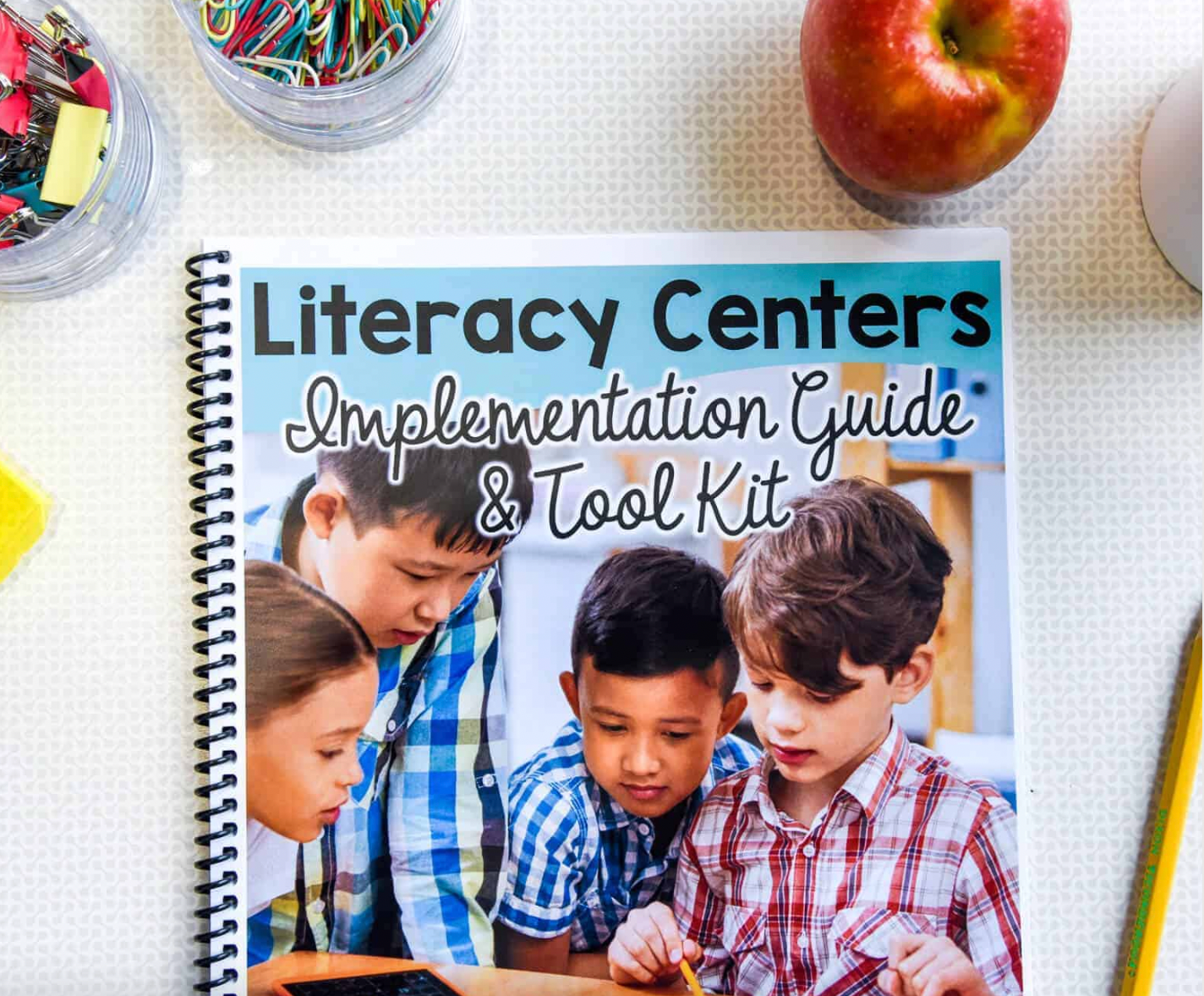Teaching descriptive writing is one easy way to exponentially grow your students as writers. This skill can be applied in every type of writing: expository, poetry, narrative, persuasive…it is so versatile! So we want to make sure our students are experts at crafting descriptive, sensory language.
I love using visuals to anchor learning in the classroom. That’s why I created these fun posters for the elements of descriptive writing. Each poster has engaging images with a simple description of the element, along with space for students to add their own examples.
Teaching with the Descriptive Writing Posters

These posters are great to use as an anchor chart for your descriptive writing unit. You can design a fun bulletin board to display the images and use them for reference throughout your lessons. As you teach each descriptive element, let students add their own ideas around each poster using sticky notes.
You can also create a small image or packet of the anchor charts to provide for students who need more hands-on access to materials. Let them glue it into their interactive notebooks. This will help students reference the visual aids consistently, and they can add notes directly on their mini anchor charts.
If you’re teaching virtually, make a folder in Google Classroom to save a digital copy of each poster so that students can refer to them later. Students can add a text box to the images to add their own examples too!
Descriptive Writing Mini-Lessons
Introduction to Descriptive Elements
Choose a mentor text with high-quality writing to model each element of descriptive writing. Annotate the text, marking parts of speech like adjectives or adverbs, and analyze the language. Have students close their eyes and imagine a picture of the text in their heads. Then let them draw a picture based on the description in the mentor text. This helps students start thinking about the importance of strong sensory language.
Revise the Sentence
Create several “boring” sentences with dull, uninteresting description. Model how to revise the sentence by adding vivid adjectives, powerful verbs, and replacing weak words with more precise synonyms. Then let students work in pairs to identify a sentence in their own writing to revise. They can trade their newly revised sentence with a partner, and offer feedback to one another.

5 Senses Paragraph
Choose an activity students are familiar with, like baking cookies or planting a garden. Then brainstorm descriptive words that go along with that activity for each of the 5 senses. Students can use these, along with other sensory descriptions, to craft a paragraph depicting the scene. Be sure to allow time for sharing—this lesson always turns up beautiful writing!

Mystery Object
When you’ve finished teaching descriptive writing, let each student pick a mystery object to describe, such as a cactus or a hot air balloon. They should write about the object in great detail, but without ever mentioning what the object is. I always challenge my students to include at least one example of figurative language in their description! When they are done, let students trade with a partner and see if they can guess what object is being described. Students will quickly see that the better the descriptive language, the easier it is to guess!

If you need more detailed lesson plans, check out my complete Descriptive Writing Mastery Unit! It comes with a pacing guide, mentor text, student work pages, and a unit assessment. There’s no extra planning or prep work for this resource! Just read the directions and the whole unit is ready to share with your students as print copies or digitally.





